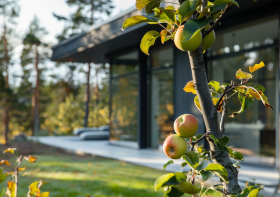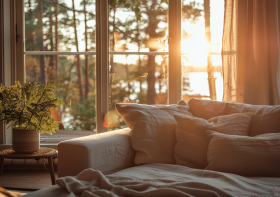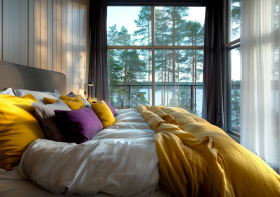Transforming Spaces through Light Design
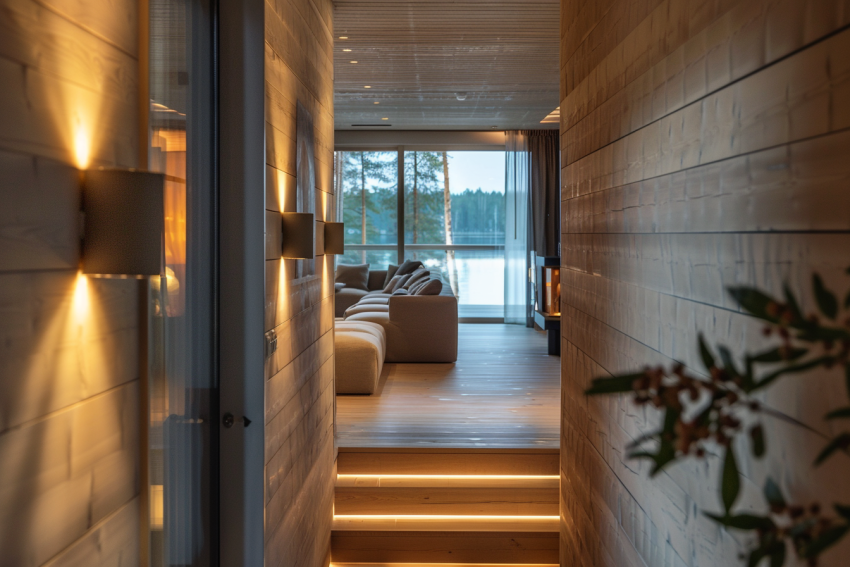
Lighting, often considered the fourth dimension of architecture, plays a pivotal role in interior design. It has the power to transform spaces, influence moods, and enhance functionality. Beyond its primary purpose of illumination, lighting design is an art form that shapes how we experience and interact with our surroundings. As we delve into the nuances of light design, we uncover its profound impact on transforming spaces, proving that the right lighting is not just a component of design but a catalyst for creating atmospheres, emotions, and experiences.
Shaping Perceptions with Light
Lighting design can dramatically alter our perception of space. Bright, evenly distributed light makes rooms feel more open and spacious, while dim lighting can create an intimate and cozy atmosphere. Directional lighting can highlight architectural features or artwork, drawing attention to specific elements of a room and enhancing its aesthetic appeal. By manipulating light and shadow, designers can sculpt the ambiance of a space, guiding the eye and influencing how areas are perceived and experienced.
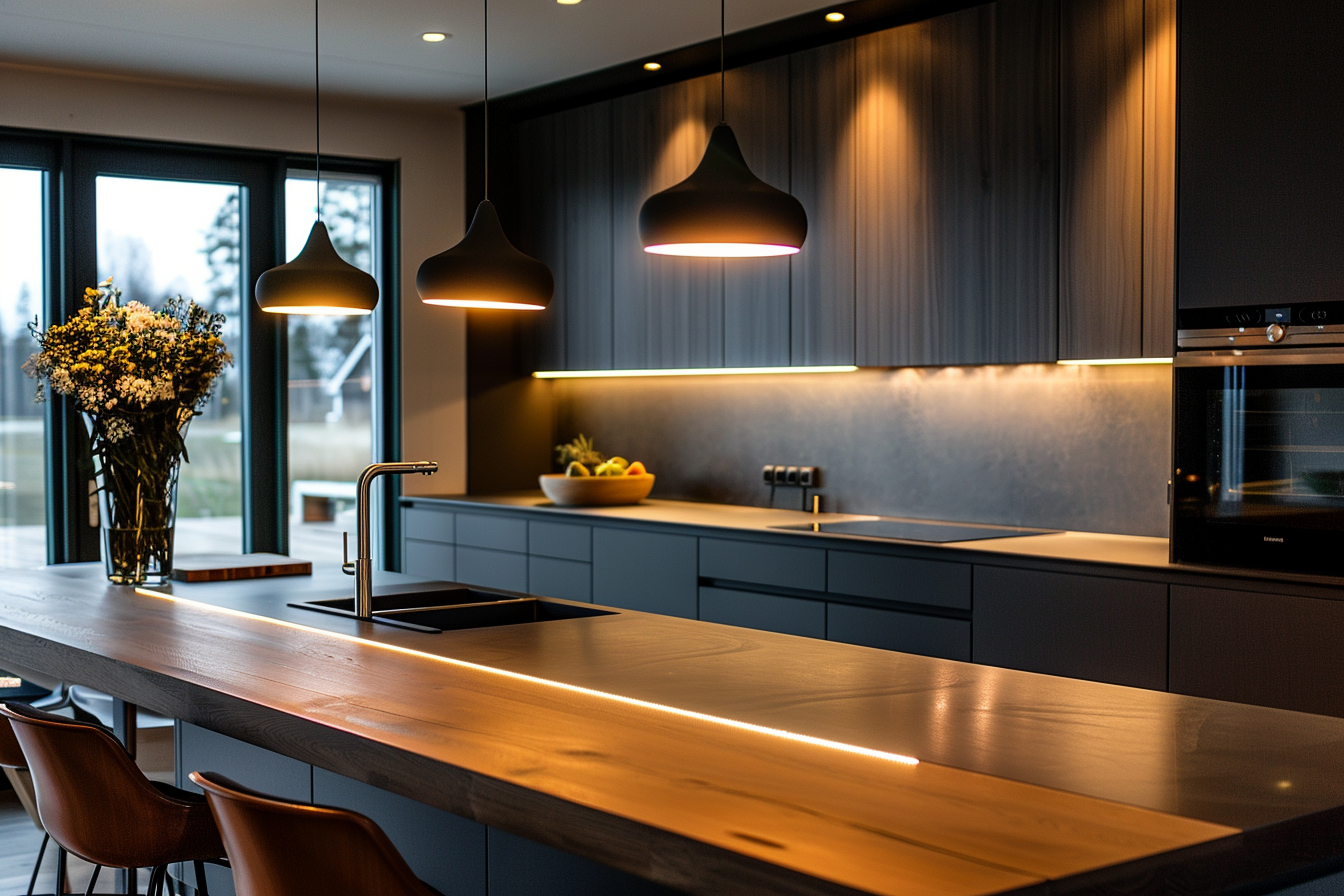
Enhancing Mood and Atmosphere
The emotional impact of lighting cannot be overstated. Warm lighting, with its yellow and orange hues, evokes feelings of warmth and comfort, ideal for living rooms and bedrooms where relaxation is key. Cool lighting, on the other hand, has a calming effect, making it suitable for bathrooms and home offices where a clear, focused atmosphere is beneficial. Lighting can also be used to create dramatic effects, adding an element of surprise or sophistication to a space, thereby elevating the overall design narrative.
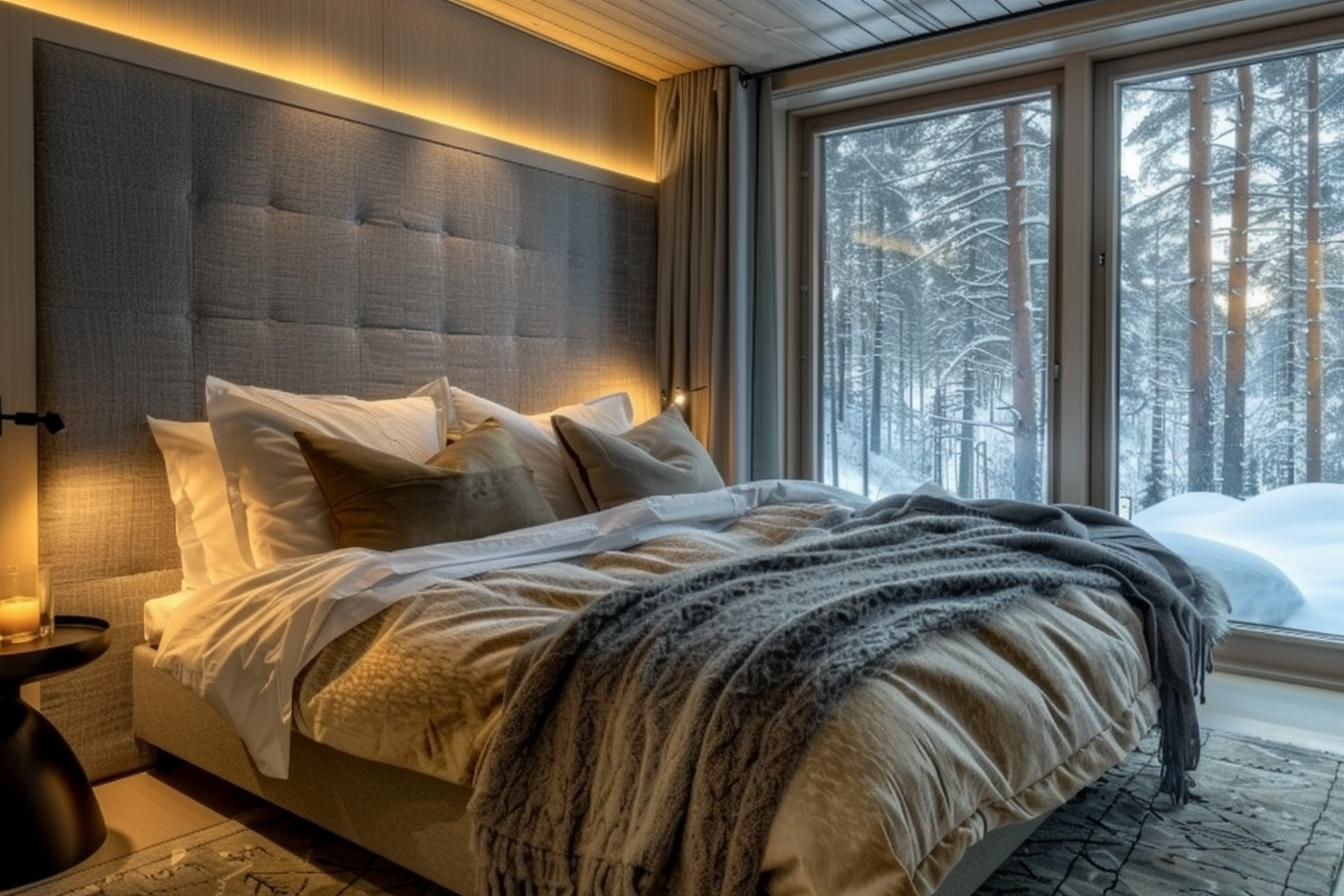
Improving Functionality and Efficiency
Beyond aesthetics, lighting design plays a crucial role in the functionality and efficiency of spaces. Task lighting, for example, is essential in areas where precision is required, such as kitchens and home offices. It ensures that activities can be performed comfortably without straining the eyes. Additionally, advancements in lighting technology, such as LED lights and smart lighting systems, have made it easier to customize lighting levels and colors, enhancing both energy efficiency and the adaptability of spaces to different uses and times of day.
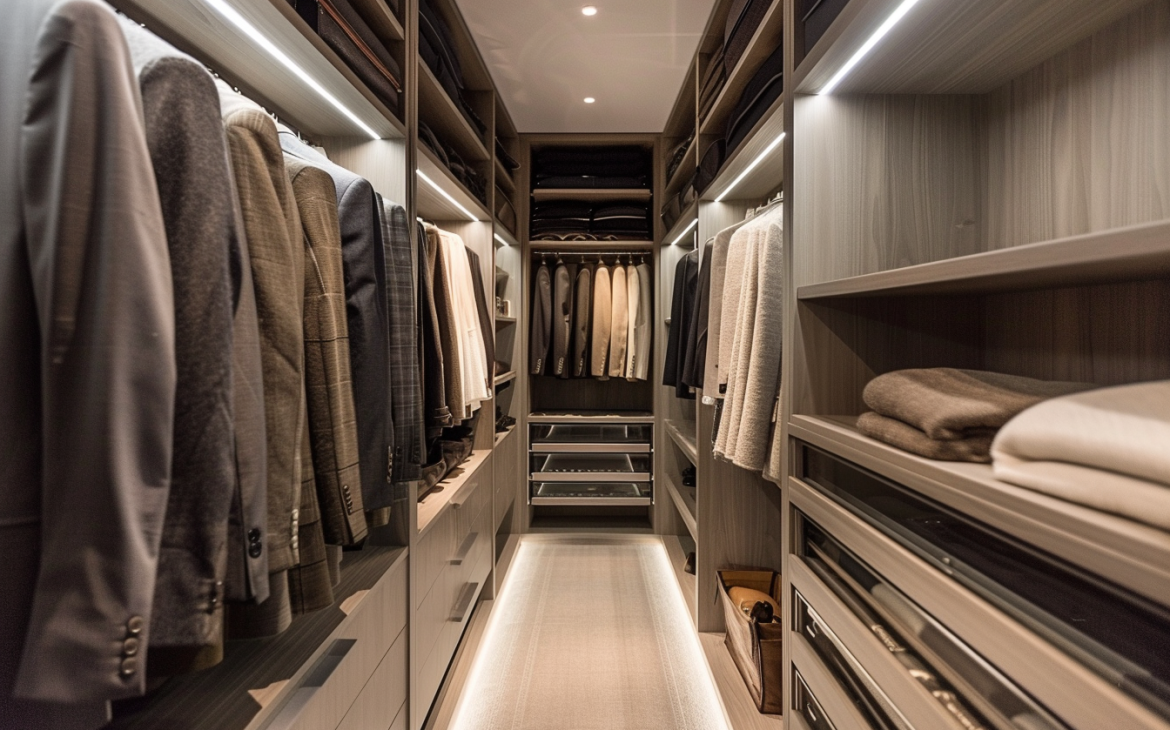
The Role of Natural Light
While artificial lighting is a powerful tool in interior design, the importance of natural light cannot be overlooked. Maximizing natural light not only reduces the need for artificial lighting but also connects indoor spaces with the outdoor environment, promoting well-being and productivity. Large windows, skylights, and strategically placed mirrors can amplify natural light, seamlessly integrating it with artificial lighting solutions to create balanced, harmonious interiors.
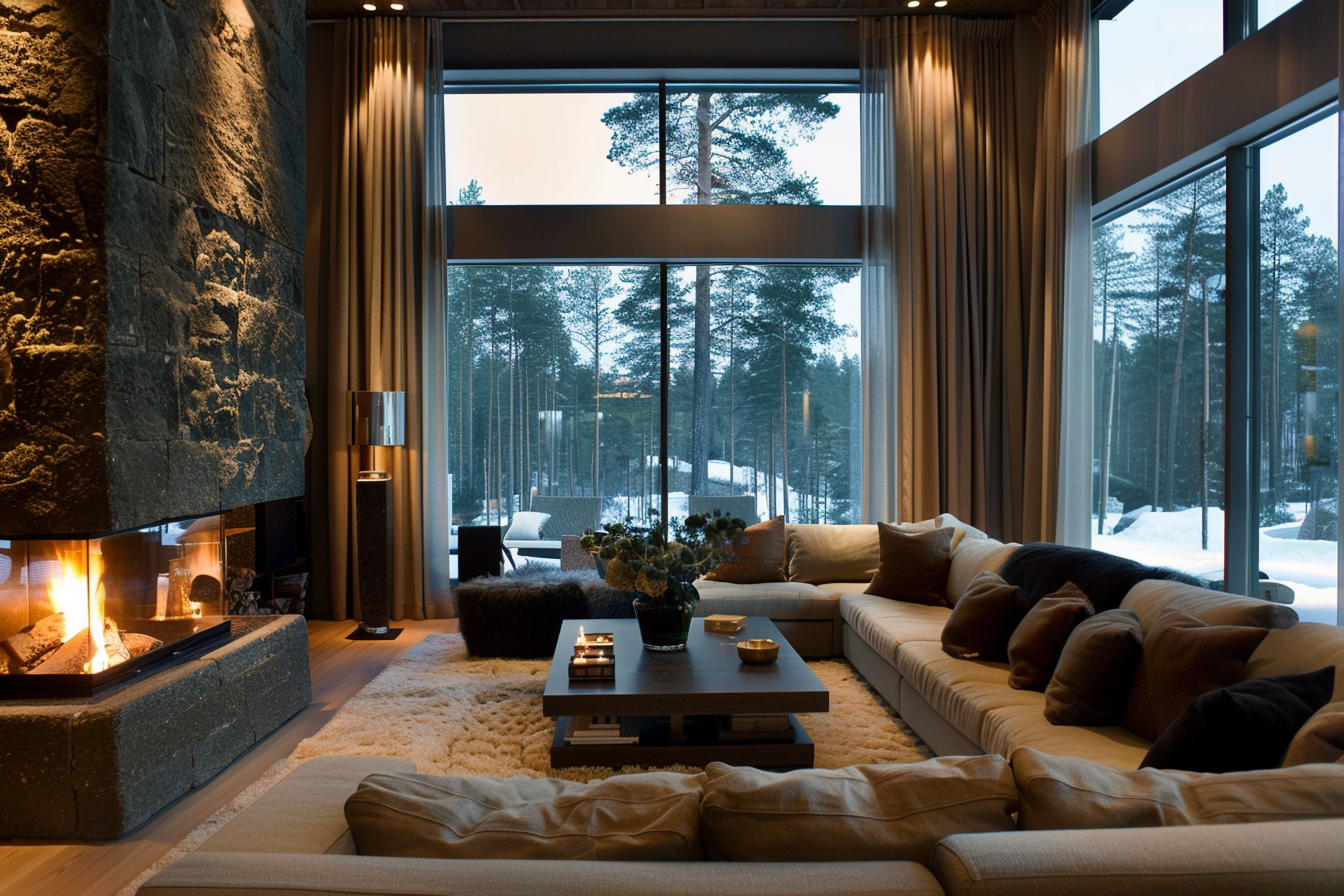
Personalizing Spaces with Lighting
Lighting offers endless possibilities for personalization, allowing individuals to tailor spaces to their unique preferences and lifestyles. Dimmable lights, colored lighting, and programmable lighting systems enable users to adjust lighting based on activity, time of day, or mood. Personalizing lighting not only enhances comfort and enjoyment but also allows individuals to express their creativity and style, making each space truly their own.
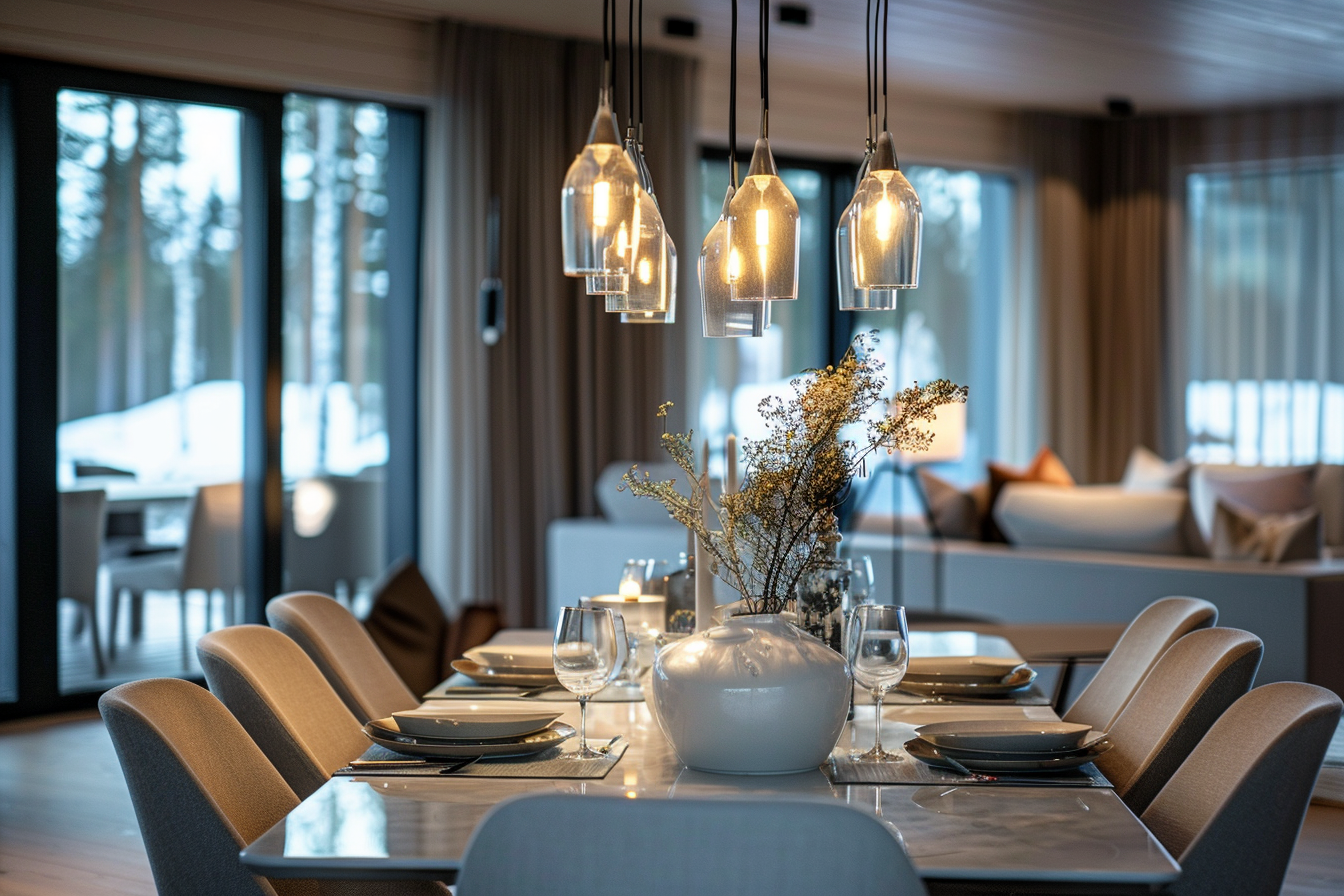
To deepen your understanding of crafting unique and personalized spaces, consider acquiring my book, Basics of interior design, available on Amazon. This guide offers a comprehensive exploration of various design principles tailored to distinct environments, providing you with the knowledge and inspiration needed to transform any space.

